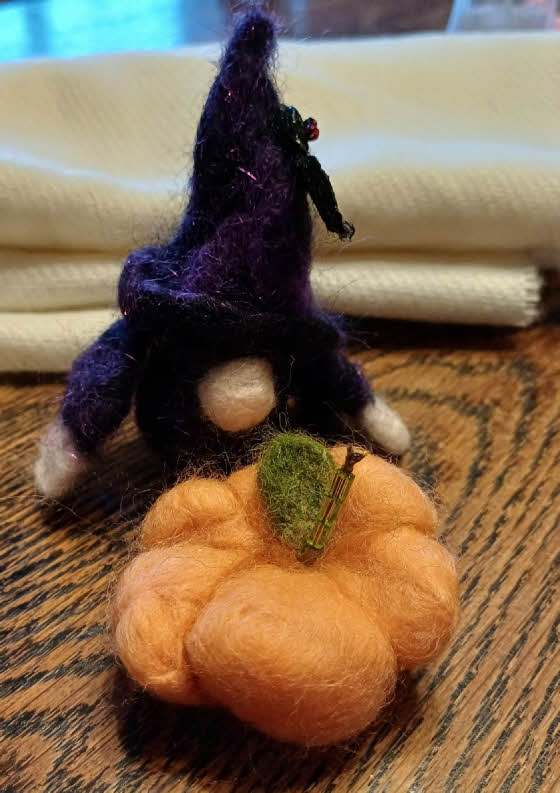31st October - 2nd November día de los Muerto
The Aztec calendar had 13 months each of 20 days, the 10th month was entirely devoted to honouring the dead.
The día de los Muertos "Day of the Dead" originates from the indeginous people of Central America, unlike Halloween, it is a celebration of ancestors and resurrection, a brief time when the souls of the dead and their living relations could meet together and feast, recalling shared memories, and an appreciation of their lives.
Originally celebrated in August, but moved after the Spanish conquest to align with the Catholic All Hallows Eve and All Saints' Day.
The origins dated back over 3000 years to the ancient Aztecs, who provided food and drink to help their ancestors on the journey through the nine levels of Chicunamictlán, land of the dead, to finally rest in Mictlán.
The skull (Calaveras) as a symbol of the ever present death as part of life is decorated in flowers and created in food, made from sugar cane and highly decorative. The origins of the skull, are from ancient prisoners and sacrifices displayed on racks as appeasement to the god of the underworld Mictlantecuhtli to allow safe passage.
The celebrations and offerings at home made altars (ofrendas) to honour the dead are a way to keep the ancestors happy, bringing wisdom, good fortune and protection to their families.
With thanks to
History.com
mexicansugarskull.com
dayofthedead.holiday
responsibletravel.com
| Latest Trends | Ordering Information | debbie@silkpixie.com | Delivery & Returns |



